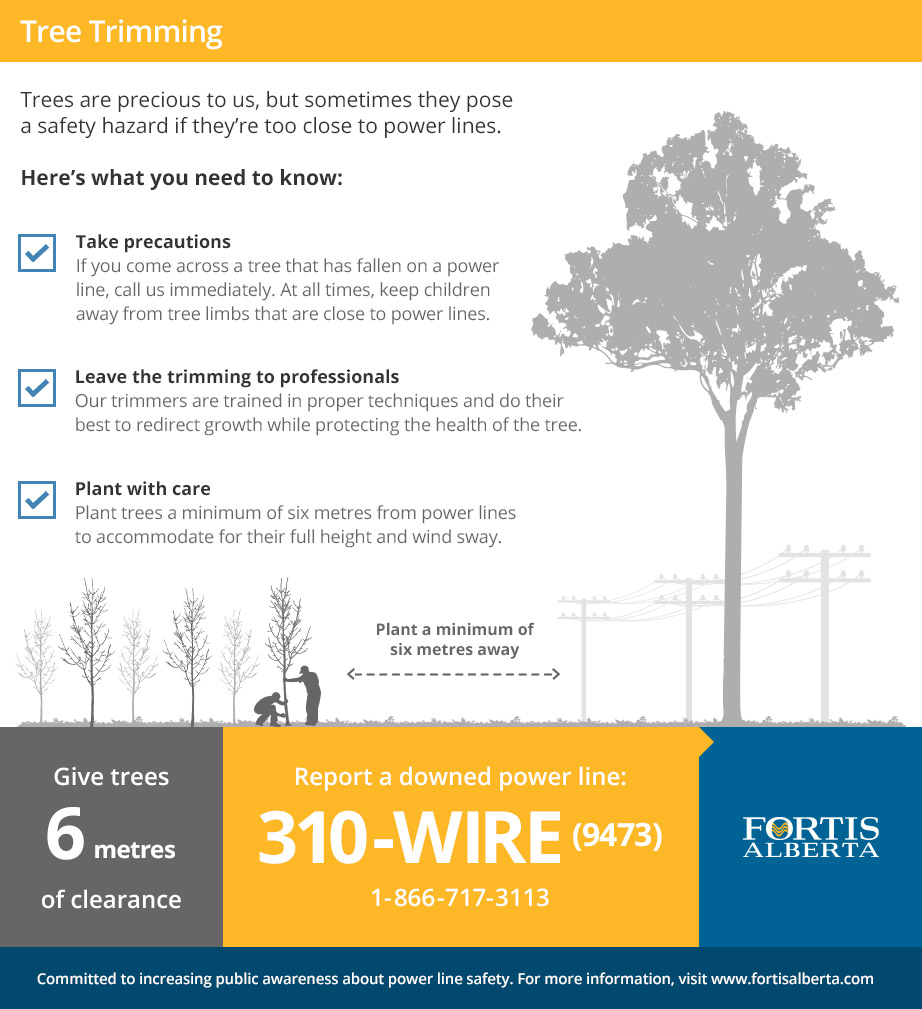Seasonal Tree Care: How To Manage Trees Before And After Elimination
Seasonal Tree Care: How To Manage Trees Before And After Elimination
Blog Article
Author-
When it involves seasonal tree treatment, guaranteeing proper management before and after removal can considerably affect the health and wellness and looks of your landscape. By comprehending relevant web page associated with analyzing tree health and wellness and planning for elimination, you can proactively safeguard your residential property. Yet what about the vital techniques to comply with when the tree is gone? Stay tuned to discover the crucial post-removal care measures that will aid you cultivate a growing and lasting setting for your trees.
Pre-Removal Tree Care
Before dealing with the elimination of a tree, it's important to prioritize pre-removal tree treatment. Start by evaluating the tree's health and wellness and architectural stability. Seek signs of illness, bug problems, or any architectural problems that might pose a safety threat throughout removal. It's necessary to talk to a qualified arborist to establish the most effective course of action.
Pruning dead or diseased branches can prevent more damage to the tree and make sure a smoother removal process.
Additionally, consider the ecological influence of removing the tree. Trees play a crucial function in our ecosystem, so planting a new tree in an appropriate place can help balance out any type of loss. Ensure that you have the essential licenses and permissions for tree removal, particularly if the tree is shielded by regional guidelines.
Seasonal Upkeep Tips
Analyzing your tree's demands throughout the year is important for its wellness and durability. To maintain your trees in top condition, follow these seasonal upkeep ideas.
In spring, focus on trimming to get rid of dead or damaged branches and motivate new growth.
Summer season requires routine watering, particularly throughout dry spells, to guarantee your tree stays hydrated.
As autumn strategies, watch out for early indications of disease or anxiety, and consider applying mulch to safeguard the origins throughout winter.
In wintertime, be cautious when eliminating snow from branches to stop damage, and remain to monitor your tree's general health.
Remember to change your care regular based on the certain requirements of your tree types and regional environment. By staying alert and positive throughout the periods, you can help your trees flourish and flourish for many years to find.
Post-Removal Tree Treatment
To make sure the wellness of your landscape also after tree removal, appropriate post-removal treatment is important. After a tree is gotten rid of, it's essential to fill up the remaining hole with topsoil and small it to avoid settling. This will certainly assist preserve the honesty of the ground and prevent prospective hazards in the future.
Consider planting brand-new plants instead of the gotten rid of tree to bring back the equilibrium and appearances of your landscape. Routinely water the area to advertise the growth of new plants and protect against soil erosion.
Inspect the surrounding trees for any indications of illness or stress that might have been triggered by the removed tree. Keep an eye out for insects that could've been brought in to the previous tree and take preventive measures to safeguard the staying plants.
If required, talk to maintanice to assess the effect of the removal on the bordering trees and determine any kind of extra treatment required. By adhering to these post-removal care actions, you can guarantee the continued health and wellness and beauty of your landscape.
Verdict
In conclusion, aggressive seasonal tree treatment is crucial for preserving the health and wellness and balance of your landscape. By examining tree wellness, pruning, and consulting with an arborist prior to removal, you can make certain a secure process. After elimination, filling up the hole, growing new plants, and normal watering will promote new development and avoid erosion. Keep in hedge maintenance to examine surrounding trees for illness and seek additional treatment procedures from an arborist to keep your landscape growing.
